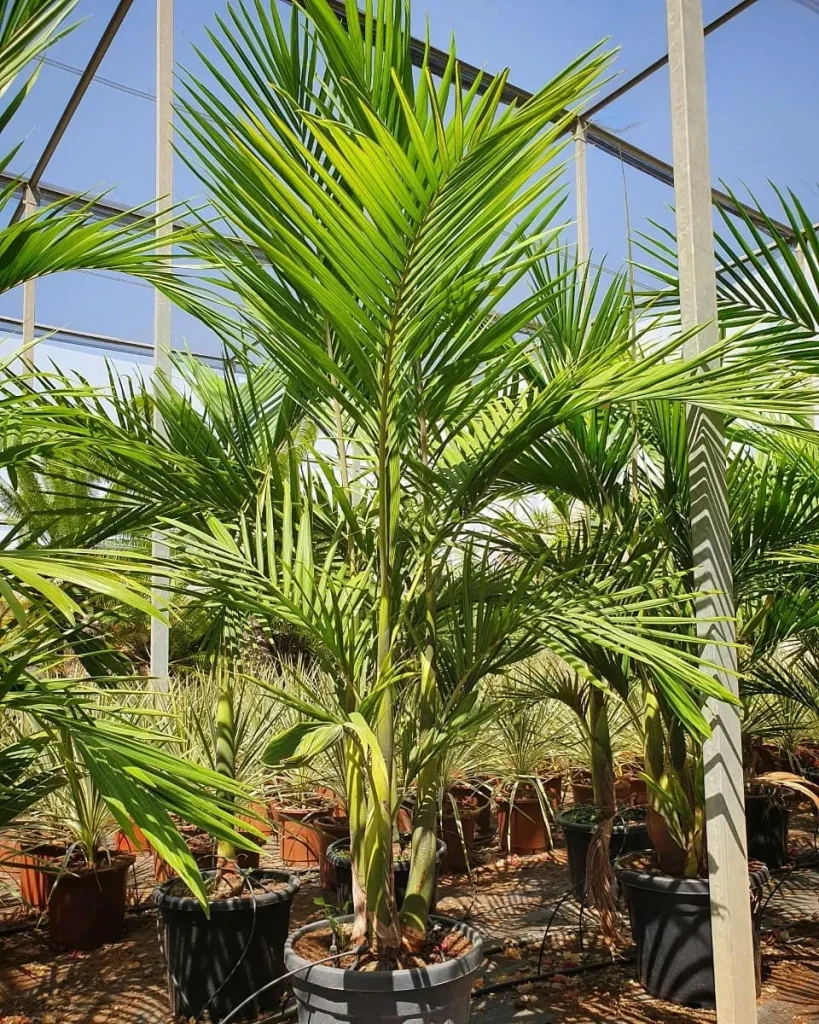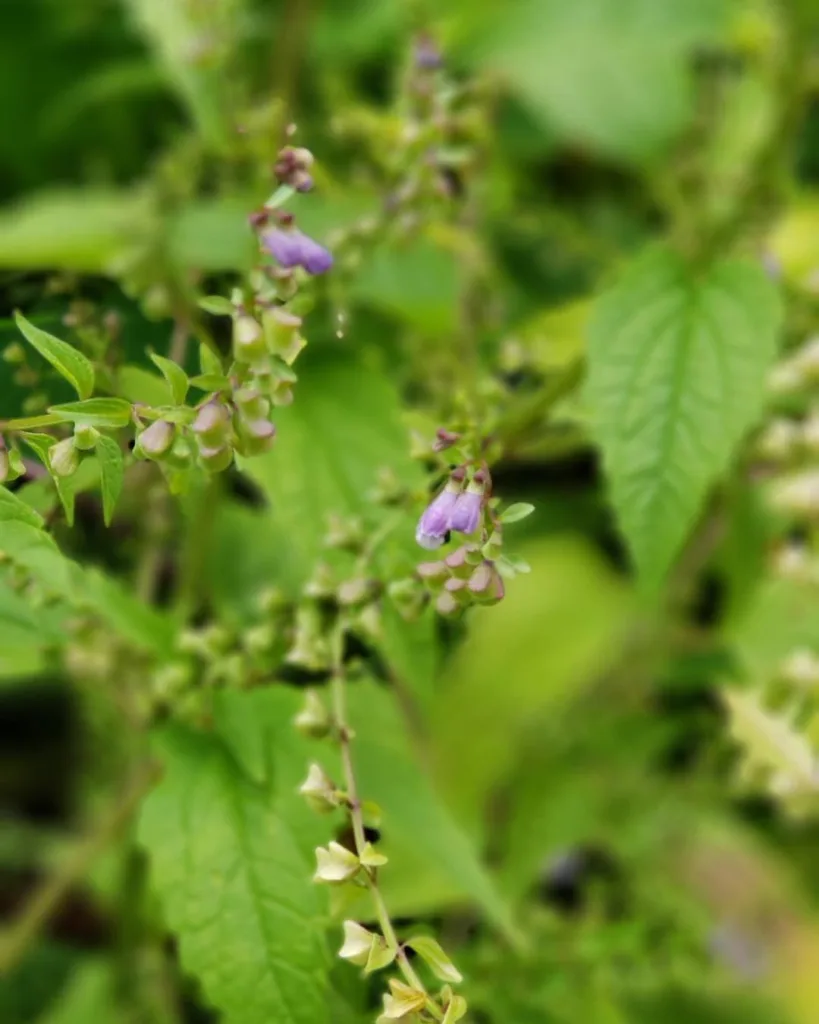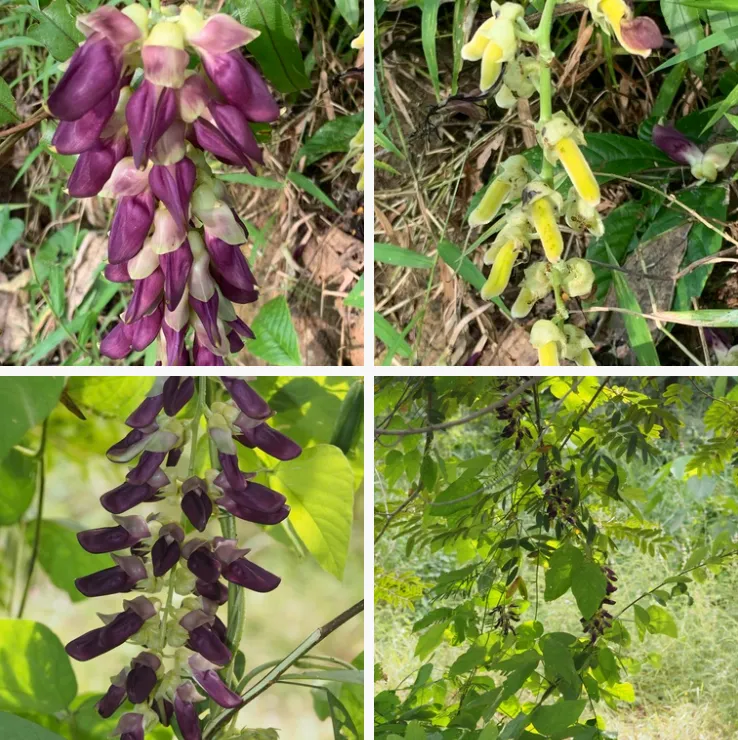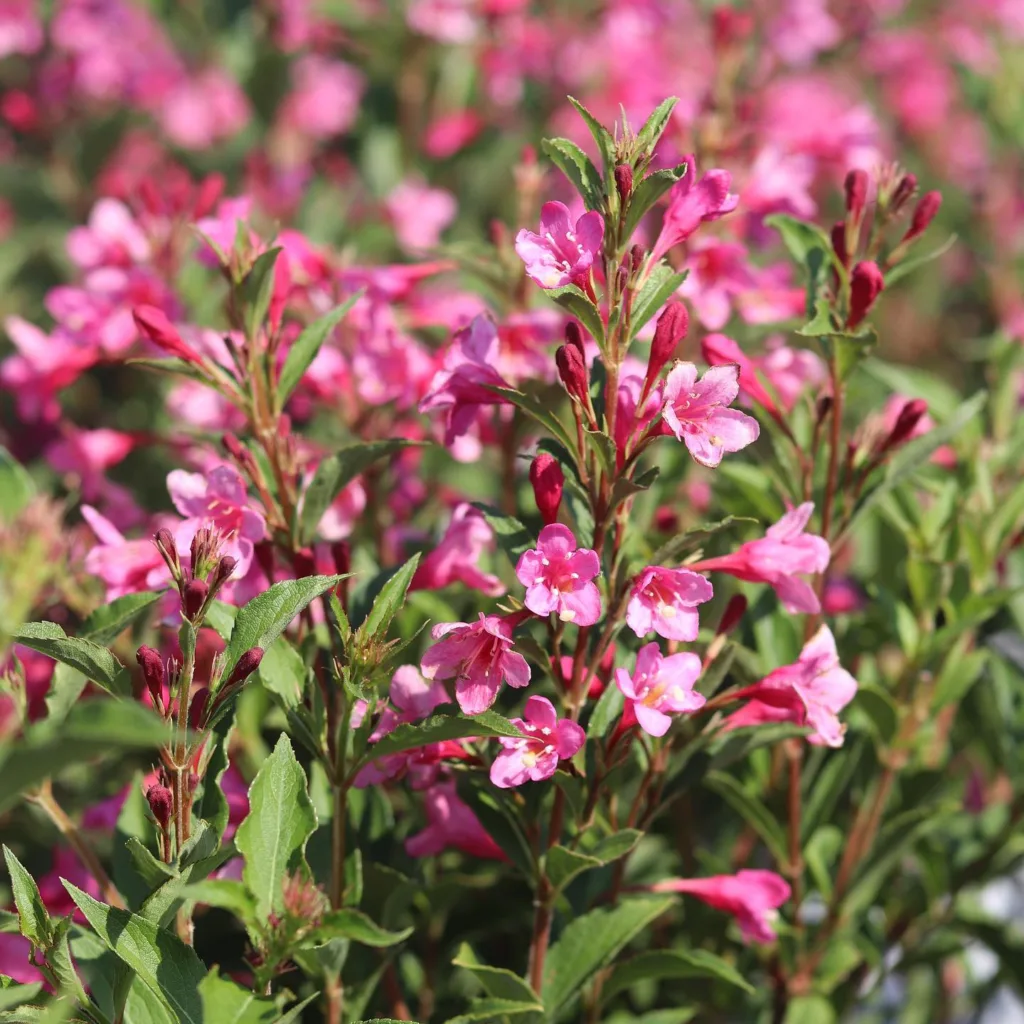
June 22 – Adenium
"Adenium, the desert rose, represents June 22."
Adenium symbolizes beauty and resilience. You bloom brilliantly even in adversity, showcasing your strength. Like this striking plant, you are both bold and enduring.
Adenium: A Captivating Genus
My fascination with the plant genus Adenium began many years ago when I first encountered a Desert Rose (Adenium obesum) in full bloom. The vibrant, trumpet-shaped flowers against the backdrop of the plant’s swollen, sculptural trunk were simply mesmerizing. This initial encounter sparked a deep curiosity, leading me down a path of discovery into the diverse and captivating world of Adenium.
What is Adenium?
Adenium is a genus of succulent shrubs or small trees belonging to the dogbane family, Apocynaceae. Native to Africa and the Arabian Peninsula, these plants are well adapted to arid environments, exhibiting a unique combination of beauty and resilience. Their most striking feature is the caudex, a swollen stem base that serves as a water storage organ, enabling them to survive prolonged periods of drought. This distinctive characteristic, coupled with their vibrant flowers, has made them popular ornamental plants worldwide.
Exploring the Diversity of Adenium
While the Desert Rose (Adenium obesum) is arguably the most well-known species, the genus Adenium encompasses a fascinating array of diversity. Here are:
- Adenium boehmianum: Known as the “Bushman’s poison,” Adenium boehmianum is native to Namibia and Angola. This species is known for its thick, succulent stem and attractive, light pink to purple flowers that bloom mainly in the warmer months. While it can grow up to a few feet, it often stays relatively compact. Boehmianum is drought-resistant, thriving in harsh desert conditions, and has toxic sap traditionally used by indigenous peoples as a poison for hunting.
- Adenium dhofarense: Indigenous to the Dhofar region in Oman, Adenium dhofarense is distinguished by its smooth, often twisting branches and relatively sparse growth habit. It’s adapted to thrive in arid, mountainous areas, developing thick, water-storing stems and deep roots to survive the dry climate. Its flowers are typically pink with darker edges, giving it a distinctive look. This species requires careful cultivation, as it’s less tolerant of extreme heat compared to other Adeniums.
- Adenium multiflorum: Often called the “Impala Lily,” Adenium multiflorum hails from regions in South Africa, Mozambique, and Zimbabwe. Known for its showy clusters of white, pink-edged flowers, it blooms in the winter when it sheds its leaves, making the floral display even more striking. This species develops a swollen trunk and prefers dry, rocky soils, thriving in full sun with limited water. Its sap is also toxic and was historically used for hunting.
- Adenium obesum: Widely recognized as the “Desert Rose,” Adenium obesum is native to a broad range spanning East Africa to the Arabian Peninsula. It is popular for its stunning pink to red flowers and sculptural, thickened caudex that stores water, allowing it to withstand drought. Often grown as a bonsai or houseplant, this species is relatively easy to care for, preferring bright light and sandy soil. Its sap is highly toxic, a feature shared with other Adeniums. Plant FAQs: Adenium Arabicum – Adenium Obesum – Desert Rose
- Adenium oleifolium: Native to southern Africa, Adenium oleifolium is a smaller, slow-growing species distinguished by its narrow, olive-like leaves and delicate pink or pale orange flowers. It has a tuberous root system that stores water, allowing it to survive in the semi-arid regions of its natural habitat. This species is less commonly cultivated, mainly due to its slow growth rate, but it remains an interesting choice for collectors due to its unique appearance.
- Adenium swazicum: Known as the “Swazi Lily,” Adenium swazicum is found in Swaziland and parts of South Africa. This species is relatively low-growing and produces lovely pink or purplish flowers throughout the warmer months. It is one of the more cold-tolerant Adenium species, which makes it suitable for cultivation in slightly cooler climates. Like its relatives, Adenium swazicum contains toxic sap, and it prefers well-draining soil with plenty of sunlight.
Each species exhibits unique characteristics in terms of growth habit, leaf shape, flower color, and caudex form. This diversity has captivated plant enthusiasts and breeders, leading to the development of countless cultivars with even more diverse traits.
The Allure of Adenium
The appeal of Adenium lies not only in its aesthetic beauty but also in its adaptability and ease of cultivation. These plants thrive in warm climates and well-drained soil, requiring minimal watering. Their resilience makes them suitable for both indoor and outdoor cultivation, adding a touch of the exotic to any setting.
Furthermore, Adenium offers a rewarding experience for plant enthusiasts who enjoy the art of bonsai. The plants’ naturally swollen caudex and branching habit lend themselves well to shaping and pruning, allowing for the creation of miniature masterpieces.
My Personal Connection with Adenium
Over the years, my admiration for Adenium has only grown stronger. I’ve cultivated a small collection of different species and cultivars, each with its own unique charm. The process of nurturing these plants, observing their growth, and witnessing their spectacular blooms brings me immense joy and satisfaction.
I’m particularly drawn to the sculptural quality of the caudex, which I find to be a testament to the plant’s resilience and adaptability. The intricate patterns and textures of the bark, shaped by time and the elements, tell a silent story of survival and endurance.
Conclusion
Adenium, with its diverse forms, vibrant flowers, and captivating caudex, is a genus that continues to fascinate and inspire me. Its adaptability and ease of cultivation make it accessible to both novice and experienced plant enthusiasts. Whether you’re drawn to its aesthetic beauty, its resilience, or its potential for bonsai, Adenium offers a rewarding and enriching experience for anyone who appreciates the wonders of the plant kingdom.
If i die, water my plants!



